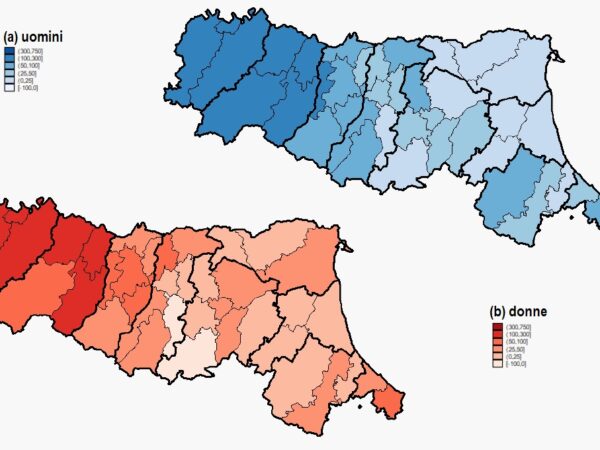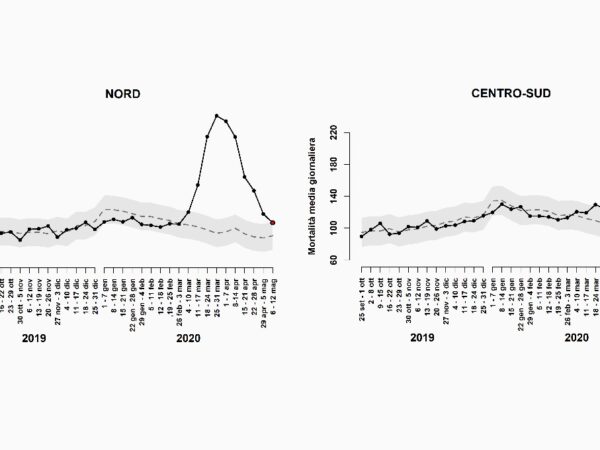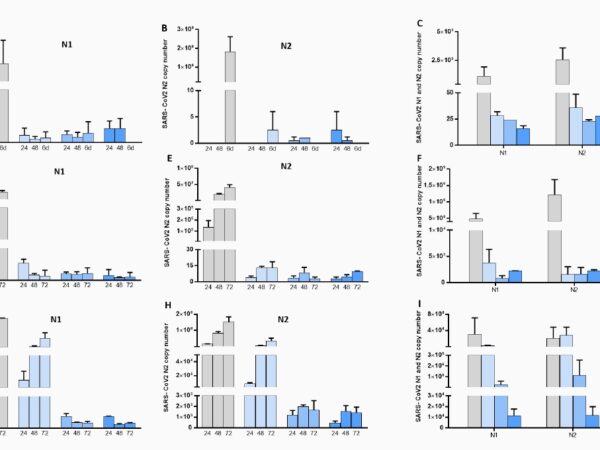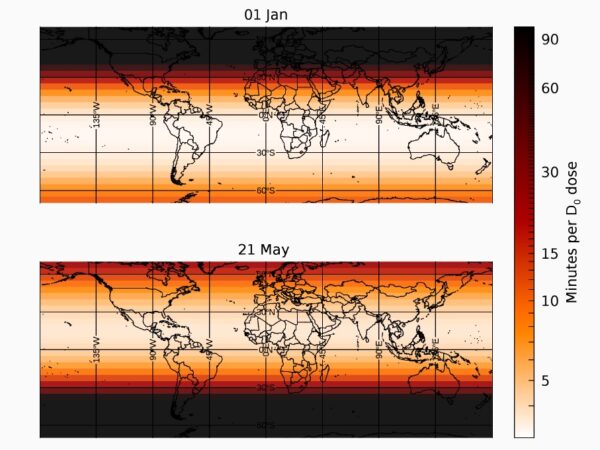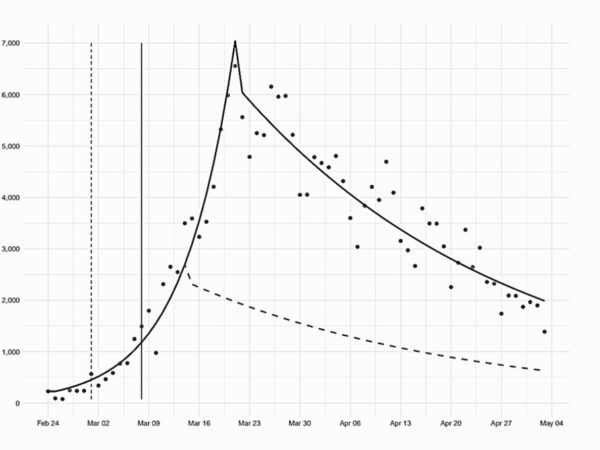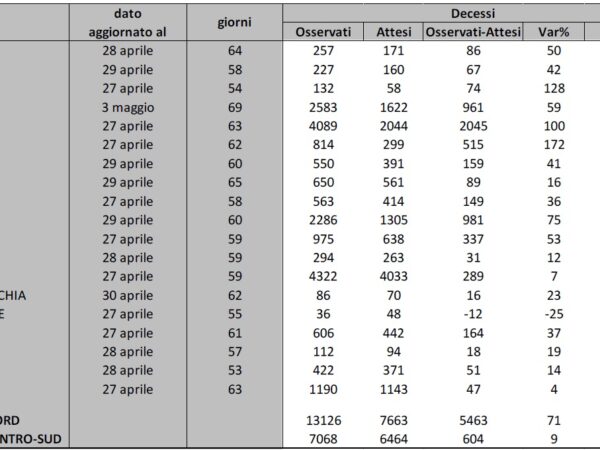Publication date: 05/06/2020 – E&P Code: repo.epiprev.it/1735
Authors: Raffaele Palladino1,2, Jordy Bollon3, Luca Ragazzoni3,4, Francesco Barone-Adesi3,4
Abstract: Background: In Italy, the COVID-19 pandemic led to the implementation of containment measures to the highest level, with a national lockdown enforced on March 9th, 2020. Despite this, by the time the epidemic curve started to flatten the health system already exceeded its capacity in different areas of the country, raising concerns that the public health response was indeed delayed. Aim of this study was to evaluate the health effects of late implementation of the lockdown in Italy.
Methods: Using national data on daily number of COVID-19 cases we first estimated the effect of the lockdown, employing an interrupted time series analysis. Second, we evaluated the effect of an early lockdown on the trend of new cases, creating a counterfactual scenario where the intervention was implemented one week in advance. We then predicted the corresponding number of intensive care unit (ICU) admissions, non-ICU admissions, and deaths. Finally, we compared the number of hospital admissions and deaths under the actual and counterfactual scenarios.
Results: an early implementation of the lockdown would have avoided about 126,000 COVID-19 cases, 54,700 non-ICU admissions, 15,600 ICU admissions, and 12,800 deaths. On the relative scale, this corresponds to a reduction of 60% (95%CI: 55% to 64%), 52% (95%CI: 46% to 57%), 48% (95%CI: 42% to 53%), and 44% (95%CI: 38% to 50%), respectively.
Conclusions: We found that the late implementation of the lockdown in Italy was responsible for a substantial proportion of hospital admissions and deaths associated with the COVID-19 pandemic. Understanding the factors contributing to a delayed response is necessary to strengthen public health preparedness in case of a second wave of infections.
More >



